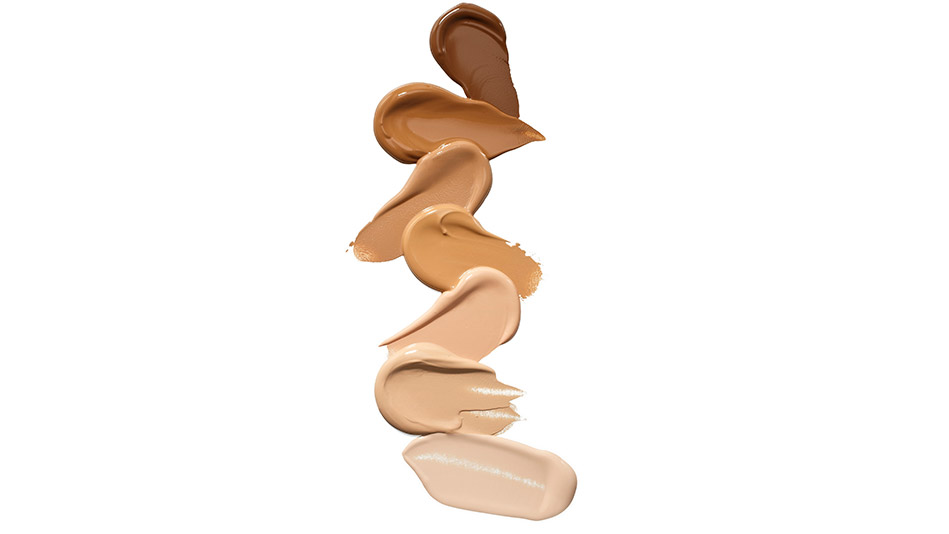8 Foundation and Concealer Myths—Debunked
Forget daunting instructions aimed at helping you determine your "undertones." Finding just the right shade of foundation requires help from the pros—and getting to the truth behind these pervasive myths.

Photo: Marko Metzinger
MYTH: There is one and only one foundation for you.
Truth: There are several shade options for everyone. The quickest way to find yours is to take advantage of beauty consultants if they're available. Consultants with computerized shade-finding programs are even better. One of our favorites is the Sephora + Pantone Color IQ foundation match system. Your face and neck are photographed, and the images are uploaded to a computer, which identifies your color IQ number and compiles a list of matches. No help on hand? Read on...
MYTH: If you don't know whether your undertones are warm or cool, you'll never find the right shade.
Truth: Unless you're so fair that you get sunburned even when inside, you need a warm yellow-based foundation to counteract redness and add radiance, says makeup artist Bobbi Brown. If you're porcelain, you should look for a pink-based foundation.
MYTH: Your shade should exactly match your complexion.
Truth: Traditional formulas used to be thick and heavy, so it was important to find your perfect match, says makeup artist Nick Barose. But with today's lightweight and blendable formulas, you can focus on finding a base that simply evens your complexion and adds glow. If a shade seems a bit too light, sweep a deeper powder foundation or a light dusting of bronzer all over (especially across your hairline and jawline) to warm it up, recommends makeup artist Mally Roncal. If it's a little too dark, mix a pea-size amount of moisturizer with the same amount of foundation, which will blend into a lighter color, says makeup artist Carmindy.
MYTH: The wider the shade range, the easier it is to find your match.
Truth: Foundation available in dozens of shades tends to be more opaque, while brands offering fewer shades are often sheer—meaning each shade is compatible with a wider range of skin tones, says Carmindy.
MYTH: The best way to test foundation is to swipe it on the back of your hand.
Truth: You should narrow your choices to three shades and then apply a thin, vertical stripe of each, starting about an inch in front of your ear and just below the cheekbone going down to your jawline, says Brown. This will help you see how each color blends into the skin on your face and neck.
MYTH: Beauty counter mirrors and fluorescent lights are ideal for testing foundation.
Truth: You need to do your testing in natural light. Once you've swiped three options, step outside with a hand mirror, says Carmindy. The correct shade will disappear into your skin.
MYTH: It doesn't matter if your foundation and concealer are the same brand.
Truth: Foundations and concealers from the same line are typically formulated with similar pigments and ingredients, so they blend together better, says Barose.
MYTH: You should always use a concealer one shade lighter than your foundation.
Truth: If your goal is to brighten dark circles, then yes, choose a lighter concealer. But for blemishes or scars, you need a yellow-based shade as close as possible to that of your foundation. Anything lighter will highlight the spots you're trying to cover, says Carmindy.



